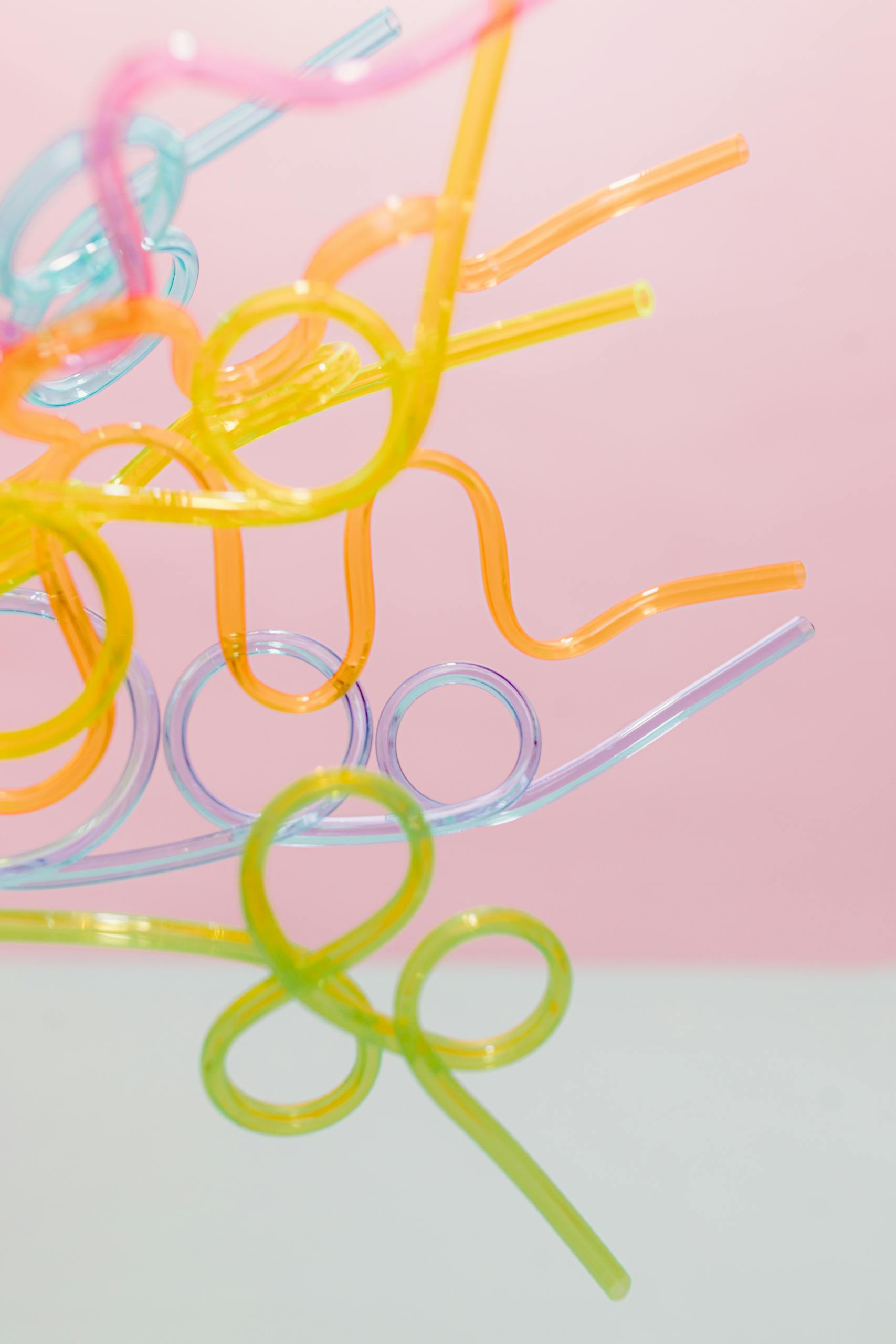More Than Just Tupperware and Trash Talk
There’s a reason we opened Plaaastic, and it wasn’t to pick sides. It was to step in where the conversation usually stops right after someone says “plastic is bad” without asking which plastic, why, or how.
This site began with a simple observation: most people use plastic every day, but few know how it actually works. Not because they don’t care, but because no one ever really explains it. We saw people tossing out perfectly reusable items, avoiding plastic altogether out of guilt, or feeling embarrassed to carry something plastic in public as if their choice said something shameful about them.
That didn’t sit right.
So here, we break it all down: the science behind common plastics, how they behave, what makes them recyclable or not, and when they’re safe to reuse. You’ll also find clear info about food contact, durability, shelf life, and what terms like “microwave-safe” or “BPA-free” really mean.
Because if you’re using plastic anyway, you deserve to understand it.
No spin. No guilt. Just how it really works.


Where Plastic Gets Its Story Back
Plastic didn’t always have a PR problem. It was once celebrated as a breakthrough flexible, durable, and endlessly adaptable. Somewhere along the way, the nuance got lost. Now, it’s either branded a villain or used thoughtlessly. On Plaaastic, we’re telling the full story again. And not the one written in product ads or environmental campaigns the one shaped by how these materials behave in real life.
I’ve worked with plastic from the inside out, shaping it in molds, testing its limits, and watching how it performs when the stakes are real medical-grade tools, food containers, industrial parts. So when we talk about safety or sustainability here, it’s not theoretical. We explain why certain plastics are misunderstood, how manufacturing choices change outcomes, and what makes one material compostable while another lingers for decades.
That’s where Plaaastic for anyone who wants the bigger picture why we use plastic at all, how it evolved, and what alternatives are actually viable.
Before you judge plastic, get to know what it’s really capable of and where it still surprises us.
Meet Phylis Gregory
I’m Phylis, and I Built This Site Because People Deserve Straight Answers.
I never planned to start a website. What I did plan to do was stop nodding politely every time someone repeated something half-true about plastic.
Over the years, people kept asking me things “Is this safe?” “Can I recycle this?” “Why does this melt but that doesn’t?” I had answers, but I also had stories things I’d seen go wrong in workshops, materials that surprised me, decisions made without full information.
That’s when it hit me: most people weren’t misinformed out of ignorance. They were misinformed because no one ever explained plastic properly. So that’s what Plaaastic is for.
A place where we strip away guilt and guesswork. I’m not here to preach. I’m here to lay it out clearly what’s useful, what’s risky, and how to tell the difference. Whether you’re skeptical, curious, or just tired of the noise, welcome. You’ve found the right corner of the internet.

What Have We Covered In This Blog?
Reuse and Recycling Made Practical
We clear up recycling codes and myths around plastic waste. Find out what’s truly recyclable, when reuse makes sense, and how to reduce harm with smarter day-to-day decisions.
What Safety Really Comes Down To
From microwave meals to food containers, we answer what’s safe to use and why. Learn how plastic reacts to temperature, acidity, and time and how to avoid toxic exposure risks.
How Plastic Functions in Daily Use
Not all plastics perform the same. We break down where they’re best used, how they age, and what kind of wear to expect when exposed to pressure, heat, or constant contact.
How Plastic Behaves by Design
We explore how plastics vary in strength, structure, and safety. Learn how each type behaves in everyday situations and what that means when you reuse or recycle at home or on the go.
For Everyone Who’s Ever Asked, ‘Is This Safe?’
“Can I reuse this container?”
“Should I throw this out?”
“Is this kind of plastic bad for food?”
“Why does it smell weird when heated?”
“Is ‘BPA-free’ actually safer?”
If any of those questions sound familiar, you’re not alone. And that’s why we made this site.
Plaaastic is here for people who are trying trying to reuse more, waste less, do the right thing but don’t always know where to start. The information out there is scattered. Some of it’s outdated. Some of it’s flat out wrong. So we decided to fix that.
Here, you’ll find real answers, not recycled blog fluff. You’ll learn which types of plastic are safe to cook with, which break down over time, and what those symbols on the bottom actually mean. No shame. No pressure. Just the kind of clarity that makes daily choices a little easier.
You ask. We explain. Honestly.

What Makes Plaaastic Different?
We don’t preach. We don’t generalize. Plaaastic exists to explain plastic clearly without guilt, bias, or oversimplified advice. Everything here is shaped by hands-on knowledge, real questions people ask, and the kind of answers most sites skip. We’re not here to sell you on plastic we’re here to help you finally understand it.
Categories We’ve Covered
Breakdowns of where and how plastic other similar materials are commonly used. Which materials suit certain tasks, what lasts longer, and how to tell purpose-built from disposable goods.
A foundational look at plastic as a material with its history and role in modern life. We explain why it’s bad or good. Its’ structure, usage & how design impacts both function and sustainability.
We explore how PVC is used across daily life from pipes to packaging its flexibility, durability, safety concerns, and when it’s best to avoid or reuse based on practical context.
Clear, sturdy, and versatile acrylic is often mistaken for glass. We cover how it’s made, what it’s great for, where it falls short, and how to treat it right.
Discover nylon’s many forms from textiles to tools. We explain how it holds up to wear, heat, and time, and what makes it both useful and occasionally overlooked in recycling.
From casting molds to coatings, resin has unique strengths and risks. We break down its chemical nature, long-term performance, and why not all resins behave the same way.
We clarify which plastics are safe for food, heat, or long-term storage. This includes guidance on reuse, labeling, and what small signs reveal about real material safety.
Get clear on what plastic can be reused, what can’t, and how recycling works in the real world. This includes labels, codes, and how to reduce needless waste.
We tackle concerns around plastic safety: chemical leaching environmental impact & what truly matters when it comes to health warnings, & everyday interaction.
